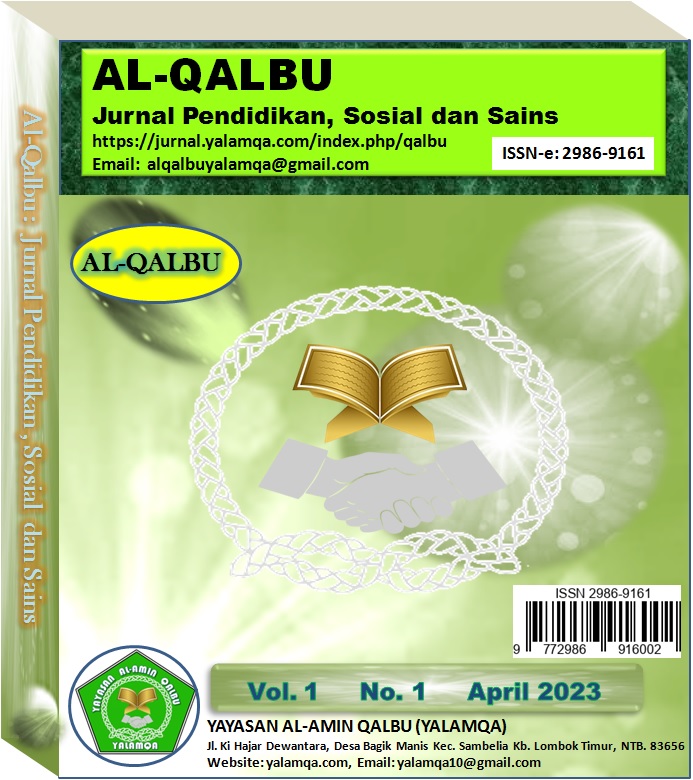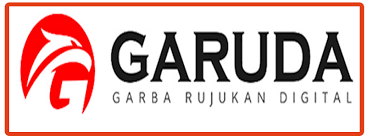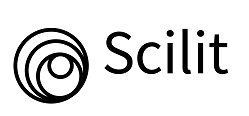PENGARUH PENGGUNAAN RAGI ROTI DAN IKAN RUCAH SEBAGAI PENGGANTI (NANOCHLOROPSIS SP.) DALAM KULTUR ROTIFER DI BPBL LOMBOK
The Effect Of Using Year Bread And Rucah Fish As An Replacement (Nanochloropsis Sp.) In Rotifer Culture In Lombok BPBL
DOI:
https://doi.org/10.59896/qalbu.v1i1.16Keywords:
rotifera, bread yeast, trash fish, Nannochloropsis, growthAbstract
Rotifers are the main feed during the hatchery process in fisheries. However, rotifers rely heavily on Nannochloropsis as their natural feed. This research was conducted to find out alternative feeds for rotifers. This study used bread yeast, and trash fish as an alternative feed for eight days. The results showed that the growth of control treatment (Nannochloropsis) of 1,125 x 106 individuals.mL-1 with peak growth occurred on day V, bread yeast treatment by 1,215 x 106 individuals.mL-1 with peak growth occurred on day III, Trash Fish treatment by 0.885 x 106 individuals.mL-1 with peak growth occurred on day IV and a mixture of bread yeast and trash fish of 1,095 x 106 individuals.mL-1 with peak growth occurred on day IV
References
Asyari, dan Muflikhah, N. (2005). Pengaruh Pemberian Pakan Tambahan Ikan Rucah Berbeda Terhadap Pertumbuhan dan Kelangsungan Hidup Ikan Baung (Mystus nemurus C.V) dalam Sangkar. Jurnal Ilmu-ilmu Perairan dan Perikanan Indonesia. Jilid 12 (2), 107-112.
Brown, Malcolm R. (2002). Nutritional Value and Use of Microalgae in Aquaculture. CSIRO Marine Research, GPO Box 1538, Hobart, 7001 Australia.
Dhert, P. (1996). Rotifers. In : P. Lavens and P. Sorgeloos (ed). Manual on the production and use of live food for aquaculture. FAO Fisheries Technical Paper, 361. FAO, Rome : 49 - 77.
Dhert, P., G. Rombaut, G. Suantika, and P. Sorgeloos. (2001). Advancement of rotifer culture and manipulation techniques in Europe. Aquaculture, 2000 (2001) : 129-146. DOI: https://doi.org/10.1016/S0044-8486(01)00697-4
Fulks W. And K. L. Main .(1991). Rotifer and microalgae culture systems. Pro-ceeding of a U.S. Asia workshop. The Oceanic Institute, Honolulu, Hawaii 364 pp.
Haryanti. (2002). Teknik Produksi Pakan Alami. Balai Riset Perikanan Budidaya Laut, Gondol, Bali. 15 p.
Hirayama & Satuito. (1991). The Nutional improvement of Baker‘s yeast for the growth of the rotifer, Brachionus plicatilis. In Fulks and Main, W.K.L.(Eds). Rotifer and Mikroalgae System. Proceeding of a U.S. Asia Workshop. Honolulu-Hawaii, p. 151-162.
Insan I. dan Chumaidi (1986). Pengaruh umur dan kepadatan kultur Chlorella sp. terhadap perkembangan populasi Brachionus sp. Balai Penelitian Perikanan Air Tawar. Bull. Pen. Perik. Darat 5 (2) : 1-5.
Ismi, S. & Wardoyo. (1997). Penggunaan Nannochloropsis oculata awetan dan yang diperkaya untuk kultur rotifer. J. Pen. Perik. Indonesia, 3(4): 67-72. DOI: https://doi.org/10.15578/jppi.3.4.1997.67-72
Khaeriyah, A. (2014). Optimasi Pemberian Kombinasi Fitoplankton dan Ragidengan Dosis yang BerbedaTerhadap Pertumbuhan rotifer (Branchionus plicatilissp.). Jurnal Balik Diwa. 5 (1): 14-19
Lovellr.T. (1975). Nutritional deficiencies in intensive cultured catfish in the pathology offishes. The Univ. of Wisconsin, Press. Madison : 721 - 731.
Lubzens E, Tandler and Minkeff. (1989). Rotifers as Food in Aquaculture. National Center for Mariculture, Israel Oceanography and Limnological Research. Israel. Hydrobiology 2, 186/187: 387-400. DOI: https://doi.org/10.1007/BF00048937
Pieper A., E.Pfeffer. (1980). Studies on the comparative efficiency of utilization of gross energy from some carbohydrates, proteins and fats by rainbow trout (Salmo gairdneri, R.). Aquaculture. Volume 20, Issue 4, August 1980, Pages 323-332. DOI: https://doi.org/10.1016/0044-8486(80)90093-9
Pranata, A. (2009). Laju Pertumbuhan Populasi Rotifer (Branchionus plicatilis) Pada Media Kombinasi Kotoran Ayam, Pupuk Urea dan TSP, Serta Penambahan Beberapa Variasi Ragi Roti. Skripsi. Fakultas Matematika dan Ilmu Pengetahuan Alam, Universitas Sumatera Utara. 37 Hlm.
Sahandi, J., and H. Jafaryan. (2011). Rotifer (Branchionus plicatilis) culture in batch system with suspension of algae (Nannochloropsis oculata) and bakery yeast (Saccharomyces cerevisiae). AACL Bioflux, 4(4) : 526-529.
Subagio, A., Windrati, W.S., Fauzi, M., dan Witono, Y. (2003). Fraksi Protein dari Ikan Kuniran (Upeneus sp) dan Mata Besar (Selar crumenophthalmus). Prosiding Hasil-Hasil Penelitian. Seminar Nasional dan Pertemuan PATPI. Yogyakarta.
Sumiarsa, G.S., Makatutu, D., & Rusdi, I. (1996). Pengaruh vitamin B-12 dan pengkayaan fitoplankton kepadatan tinggi terhadap kepadatan dan kualitas rotifer. Brachionus plicatilis. J. Pen. Perik. Indonesia, 2(2): 30-36. DOI: https://doi.org/10.15578/jppi.2.2.1996.30-36
Tamaru, C.S., Lee, C.S., & Ako, H. (1991).Improving the larval rearing of striped mullet (Mugil cepalus) by manipulating quantity and quality of the rotifer. In Fulks and Main, W.K.L. (Eds). Rotifer and Mikroalgae System. Proceeding of a U.S.- Asia Workshop. Honolulu-Hawaii, p. 89-104.
Watanabe T., (1988). Fish nutrition and mariculture. JICA textbook. The general aquaculture course. Kanagawa International Fisheries Training Centre. JICA : 233 pp
Yoshinaga, T., A. Hagiwara, & K. Tsukamoto. (1999). Effect Of Conditiones media on the asexual reproduction of the monogont rotifer Branchionus plicatilis O.F. Muller. Hydrobiologia. 412:103-110. DOI: https://doi.org/10.1023/A:1003860502015
Yu J.P and Hirayama. (1986). The Effect of un-ionized ammonia on the population growth of the rotifer, Brachionus in mass culture. Bull. Japan, Soc. Sci. Fish 52 (9) : 1509-1513 DOI: https://doi.org/10.2331/suisan.52.1509
Downloads
Published
How to Cite
Issue
Section
License
Copyright (c) 2023 Edo Rezal Yulian Kaisar, Luh Gede Sumahiradewi, L.A.T.T.W. Sukmaring Kalih, Denianto Yoga Sativa

This work is licensed under a Creative Commons Attribution-ShareAlike 4.0 International License.



















